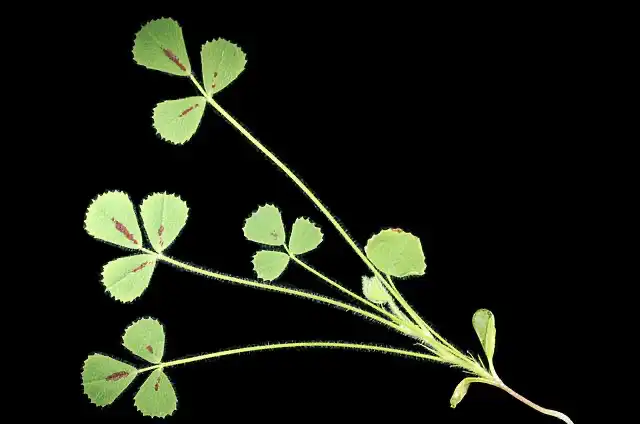
Researchers have shown a new way to boost plant nutrient uptake and growth. This could reduce the need for fertilisers, an input to agriculture which can be harmful for the environment.

Researchers have shown a new way to boost plant nutrient uptake and growth. This could reduce the need for fertilisers, an input to agriculture which can be harmful for the environment.

Cottonwood trees are crucial for biodiversity in the arid Southwest, but less than 3% of their pre-20th-century distribution remains. A new study reveals their genetics influence insect and fungal communities. To preserve these ecosystems, reforestation efforts should consider tree genetics and collect seeds from nearby regions with resilient traits. Planting diverse trees supports diverse communities, ensuring the survival of this vital foundation species.

A group of researchers have found, for the first time, that chloroplast size manipulations are unlikely to be an option for increasing crop photosynthetic efficiency.
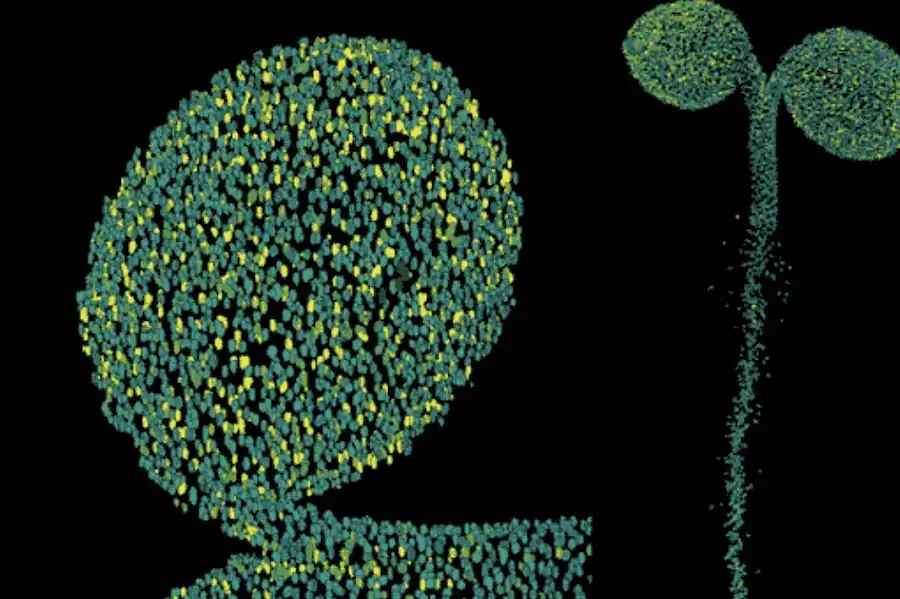
Scientists have discovered a new molecular signalling pathway, triggered when leaves are exposed to low humidity, that ensures plant roots keep growing towards water.

Most plants worldwide live in symbiosis with fungi. Often there is an exchange of nutrients from which both partners benefit. In numerous other cases, however, the plants feed unilaterally at the expense of the fungi. International research groups have presented a method that makes it possible for the first time to apply isotope analyses to all forms of symbiosis between plants and fungi without restrictions. In principle, it will be possible in the future to determine for each plant which and how many nutrients it obtains from fungal partners.

A novel approach to synthetic biology could revolutionize how scientists improve plants for bioenergy and agriculture.
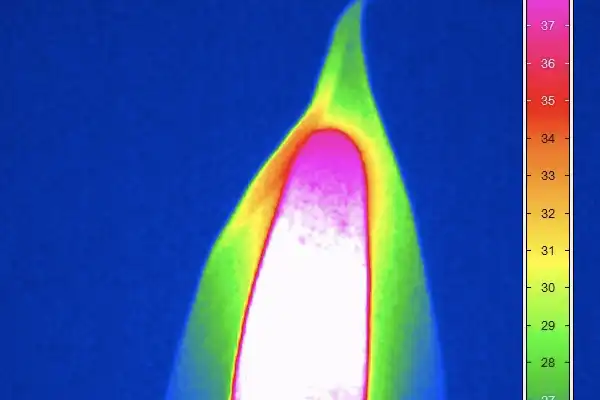
In a new study researchers have developed new approaches to compare and investigate the ability of plants in the genus Amorphophallus to produce their own heat, exploring the highly varied temperature patterns and their evolutionary significance.
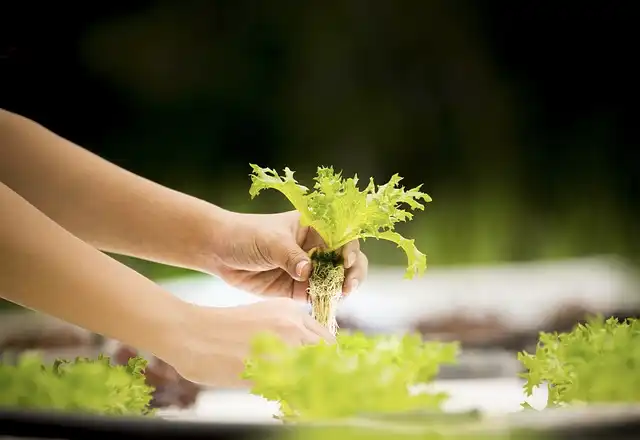
Scientists have trained AI to unlock data from millions of plant specimens kept in herbaria around the world, to study and combat the impacts of climate change on flora.
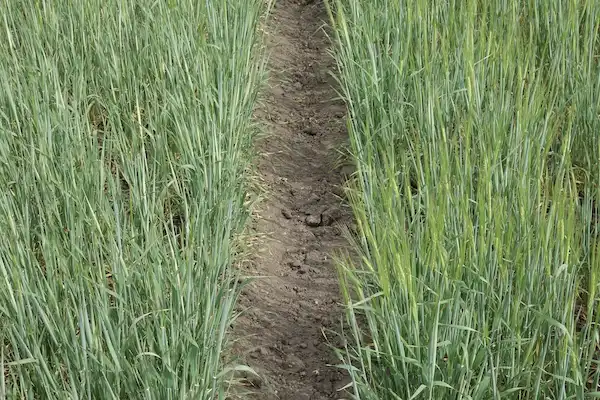
A tiny mutation in the genetic material of barley ensures that those plants develop faster and thus flower earlier than established barley varieties. At the same time, plant yields remain the same. According to the researchers, this is advantageous as the plants could potentially adapt better to the effects of climate change and continue to produce stable harvests.
Adding silicon to soil could help protect canola from clubroot. Treatment may also help crops weather drought and extreme heat, researchers find.